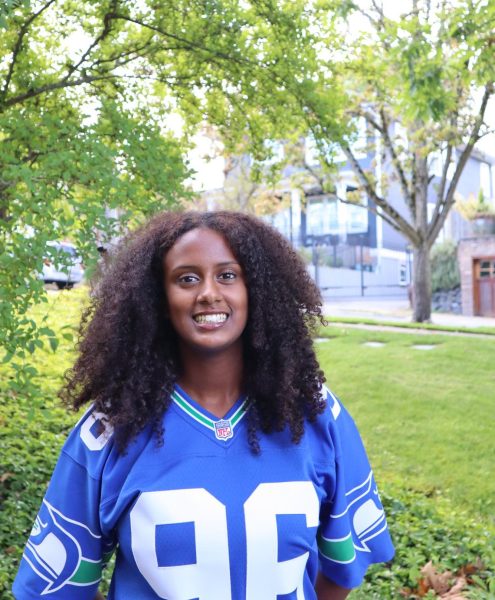Performative Activism, what is it?
April 25, 2023
This phrase gets thrown around a lot, but many don’t truly know what it is. Performative activism is defined as “activism that is done for the sake of increasing one’s social capital or fame, rather than out of genuine devotion to a cause”.
Performative activism is negative because it creates a caricature of what activism is like. It’s not rainbows and flowers, and when trying to fix an issue in our society it takes work and dedication, while performative activism does not require that dedication. It allows problematic people and companies to pretend to care about certain issues and gain sympathy and money from people while also getting off scot-free when actively contributing to the problem. Performative action is everywhere. From companies pretending to be eco-friendly, to influencers photoshopping going to a protest. So why has being an activist become a way to increase social status? Well, as society becomes increasingly progressive, being conservative and holding on to negative ideology is becoming frowned upon, and many take advantage of this.
For example, Shein and H&M are both fast-fashion companies that use the rising sustainability and eco-friendly buying habits in consumers to fill their pockets. They’ve both released eco-friendly lines and focused on green marketing in their advertising. Green marketing is defined by Investopedia as “the practice of developing and advertising products based on their real or perceived environmental sustainability”. This helps customers feel less guilty about buying from these brands that are a large part in our country’s overconsumption, large textile waste, and an increase in synthetic and plastic materials in clothes that don’t biodegrade, and harm animals and ecosystems and thus they get more money. Ultimately, they are a perfect example of performative action by large companies.
Another example of performative activism is on social media by large influencers and celebrities. In the summer of 2020, during the height of Black Lives Matter protests following George Floyd’s death, influencers were going to BLM protests in the masses as a photoshoot backdrop. Not only was this insensitive, but it also devalued the whole point of the protests and the movement, and only seeing white influencers taking aesthetic photos at protests and being the voice of black issues only reenforced the issue of racism. As said by Forbes’ Carmen Morris “it maintains the status quo and renders illegitimate, any attempts to change processes that support structural racism, and other barriers”.
The way one can avoid performative activism is speaking on issues with earlier knowledge about and most of all, what one deeply cares about. So, instead of reposting the location of a protest and never following up, go to the protest! If it looks good on social media, wouldn’t it be better to attend it and show up with support? Another way could be to avoid bragging about good deeds, like donating money to a charity. If bragging about activism is the norm, is the intention out of devotion to the cause, or contributing to performative activism?
Performative activism is a complex and deep-rooted issue in our society, intertwined with race, social media, and money, but as we move forward, we can recognize performative action from companies and influencers and take steps ourselves to realize when we are personally partaking in performative activism. So as Dr. Maya Angelou said: “Pick up the battle and make it a better world. Just where you are.”








